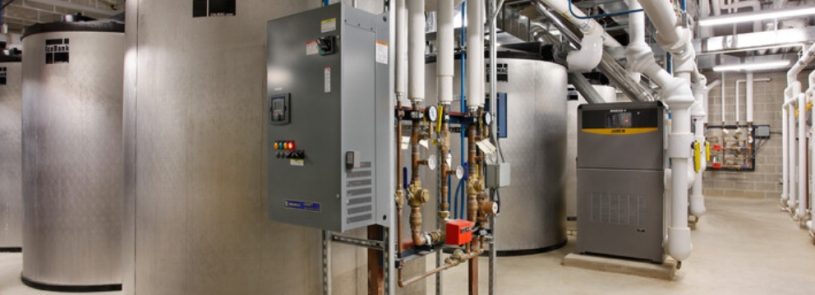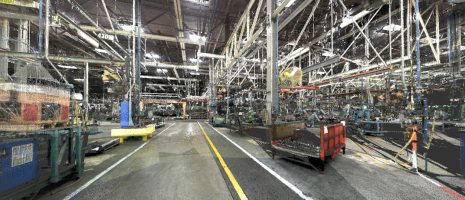Podcast | Call in the reserves: Thermal energy storage to the rescue

The fourth episode in our series on sustainability strategies of the future examines thermal energy storage. To illustrate, consider hospitals and industrial facilities that use heat pumps to create the large amount of heating hot water needed for their buildings. This type of heat pump can’t operate when temperatures dip below 15 degrees, however, and a gas-burning boiler is typically used as back-up. Thermal energy storage provides a carbon-free alternative. In this strategy, the heat pump generates additional heating water during the warmer part of the day and stores it in a thermal energy storage tank. That water can then be used to heat the facility during frigid overnight hours or anytime the temperature dips below 15 degrees and the heat pumps shut down. Conversely, chilled water storage in the summer months enables facilities to shut down their chillers in the hot afternoon hours and cool the building with water saved overnight to shave off peak demand charges. IMEG Director of Sustainability Adam McMillen discusses the challenges, solutions, and many opportunities of this new strategy.
Also in this series:
- “Embodied Carbon in the Crosshairs of Desginers, Bill Gates, and Girl Scouts”
- “The Chiller Reality: Your MEP Equipment is Full of Embodied Carbon”
- “Cold Climate Electrification: A Path Toward ‘Clean’ Heating”
- “Battery Storage: Clean Energy for a Rainy Day — and Peak Demand Relief”
- “Five Steps to Begin the Process of Decarbonizing Your Building”












